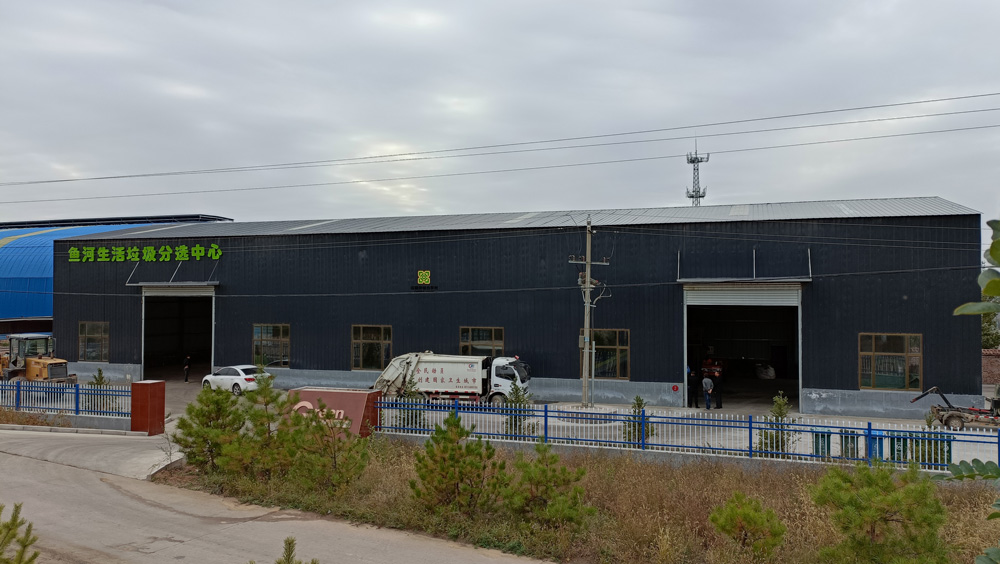 Time:2025-03-25
Time:2025-03-25
 Source:青绿环境
Source:青绿环境
Transfer stations play an extremely crucial role in urban waste management systems, and the sorting equipment used within them is an essential tool for ensuring effective waste processing.

First and foremost is the drum screen. It resembles a large cylinder with various-sized screen holes inside. When waste is fed into the drum, the smaller waste materials, such as fine sand particles and ashes, fall through the screen holes as the drum rotates, achieving preliminary screening. The larger waste materials continue to roll inside the drum, awaiting further processing. This equipment can quickly handle large volumes of waste, separating it by size and laying the groundwork for more detailed sorting processes.
Magnetic separators are also a common piece of equipment at transfer stations. They operate based on the magnetic attraction of metal substances. As waste passes through the magnetic field of the separator, iron, copper, aluminum, and other metals are attracted and separated from non-metallic waste. This not only reduces the damage that metals can cause to downstream processing equipment but also enables the recycling of metal resources.
Another important device is the air classifier. It uses the power of air to separate lightweight waste, such as plastics and paper, from heavier waste. The air classifier functions like a magical fan, lifting the light recyclables into the air while leaving the heavier materials like bricks and glass below. This equipment is highly effective in increasing the purity of recyclables like plastics and paper.
In addition, advanced optical sorting equipment is gradually being applied in transfer stations. These devices use high-precision cameras and intelligent image recognition technology to accurately identify waste materials of different colors, shapes, and materials. For example, they can distinguish between different types of plastics and even identify contaminated plastics.
In summary, each piece of sorting equipment at transfer stations has its unique functions and advantages. They work together to ensure effective waste processing and resource recycling, becoming indispensable and powerful tools on the front line of environmental protection.













 Prev
Prev











